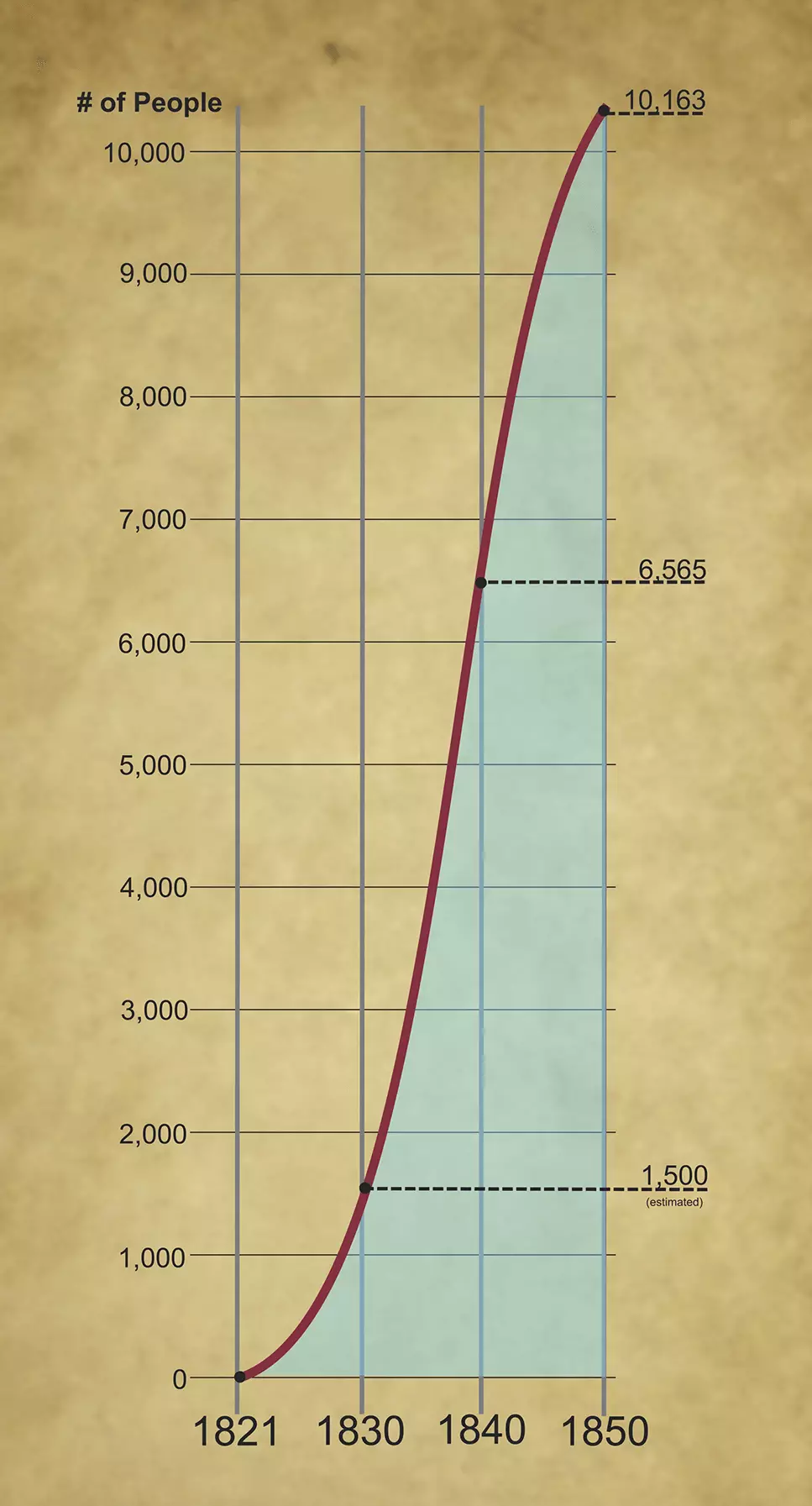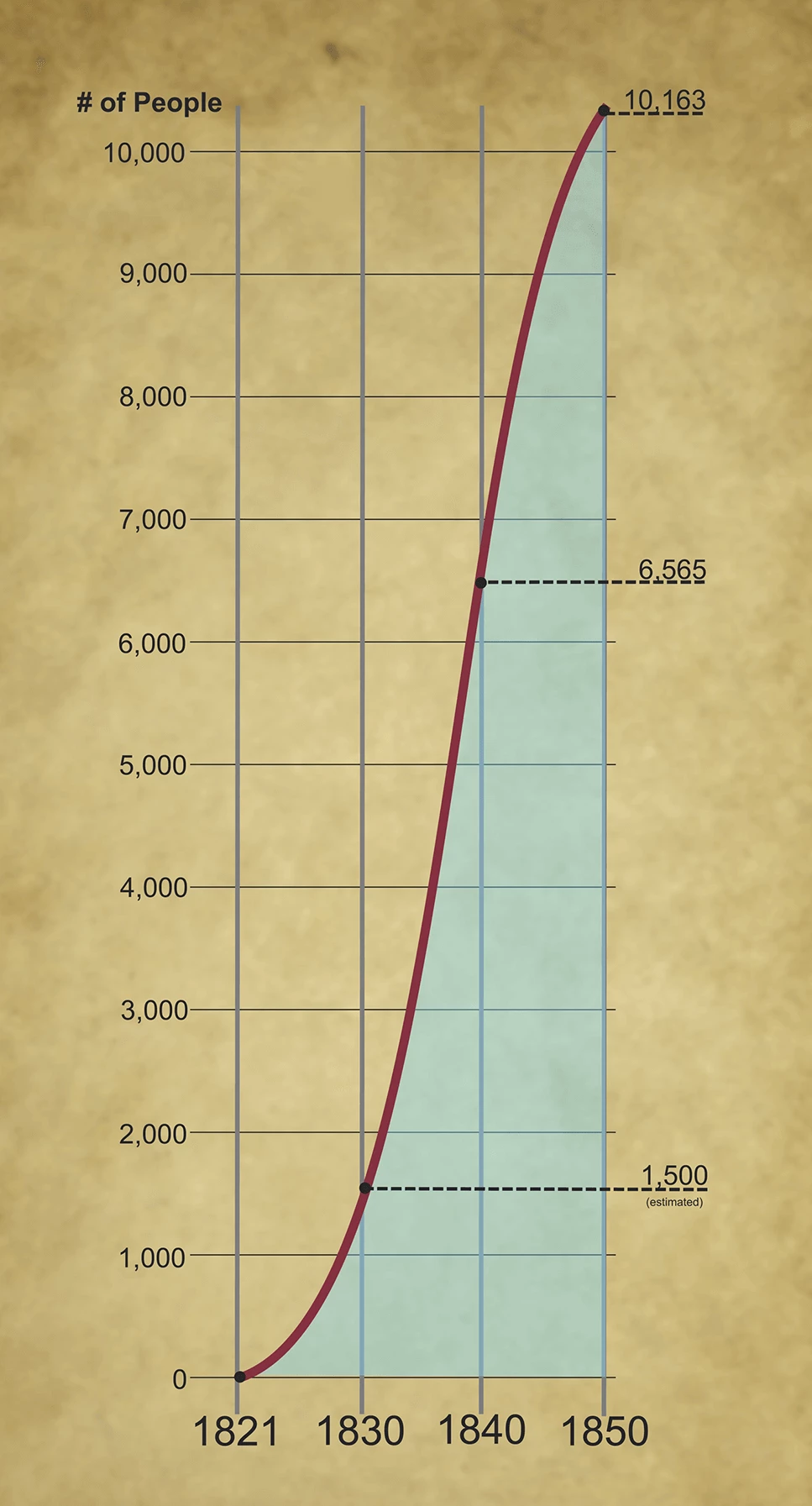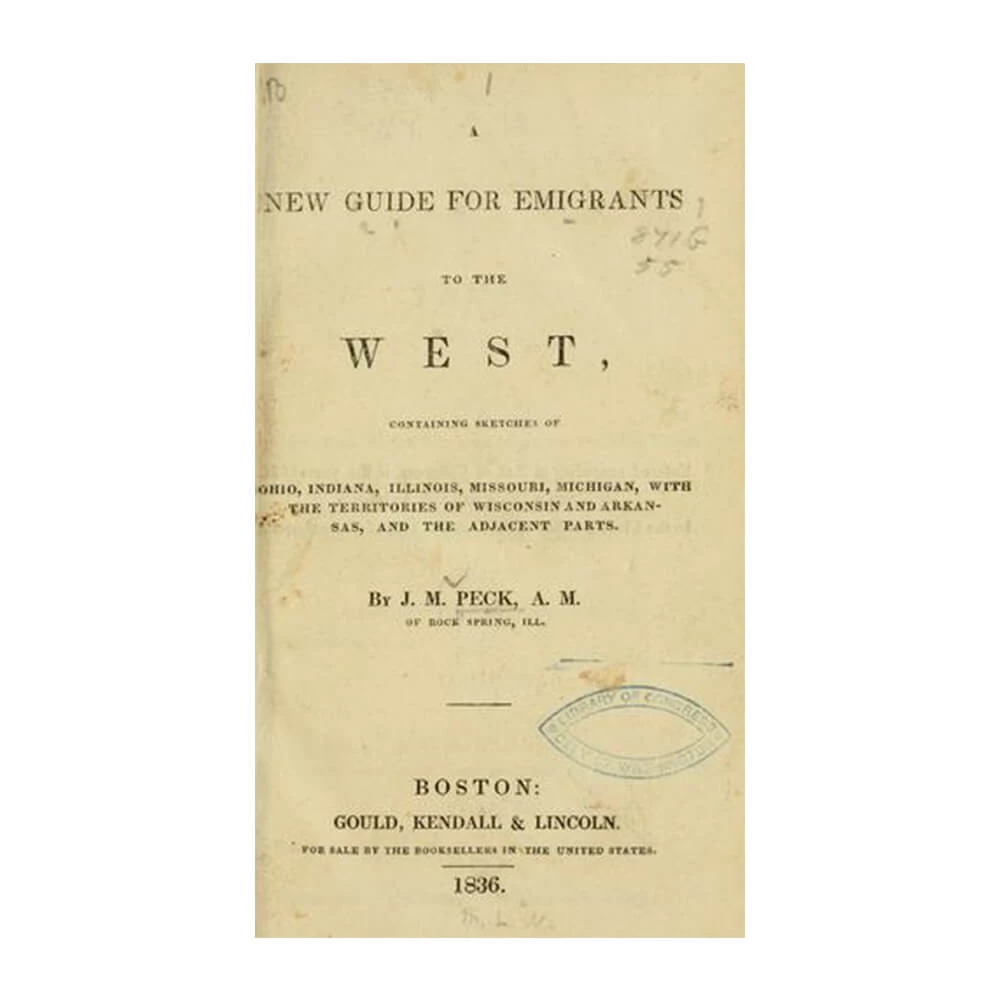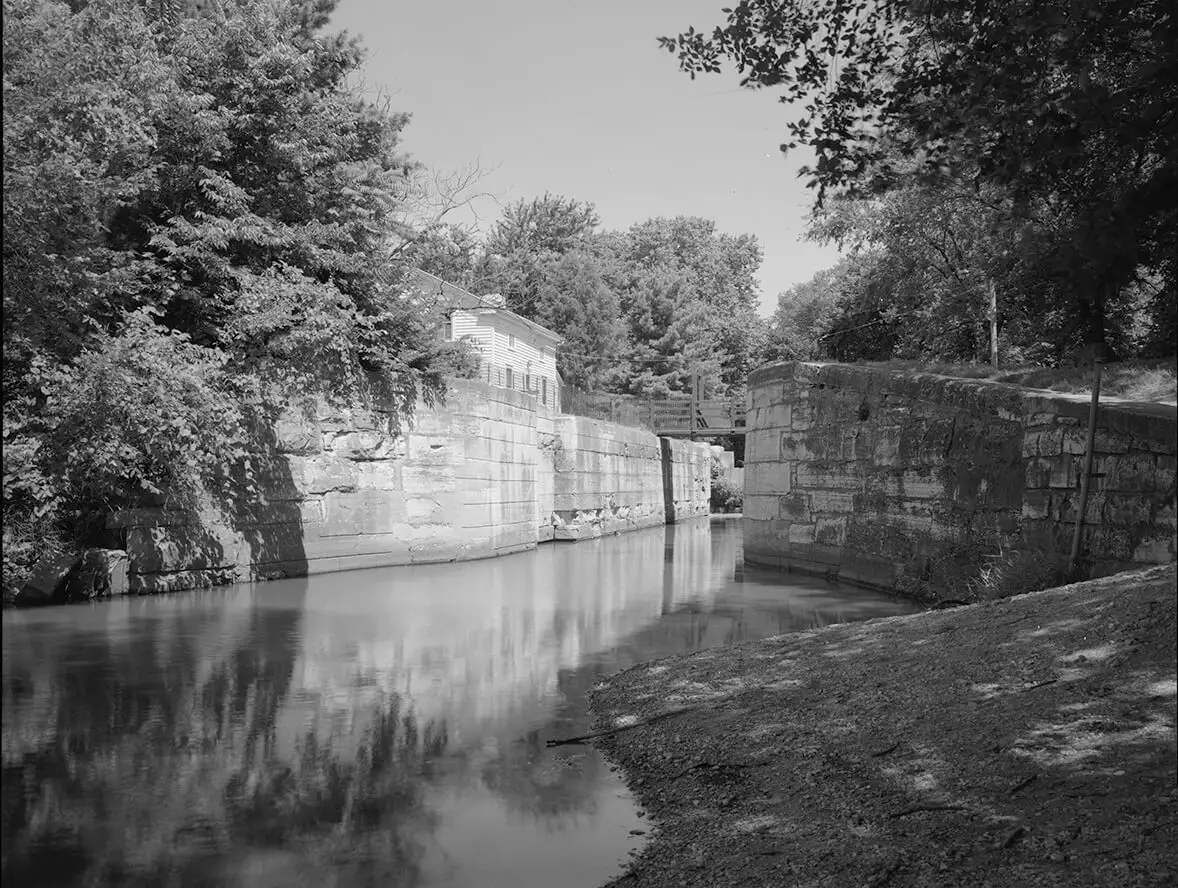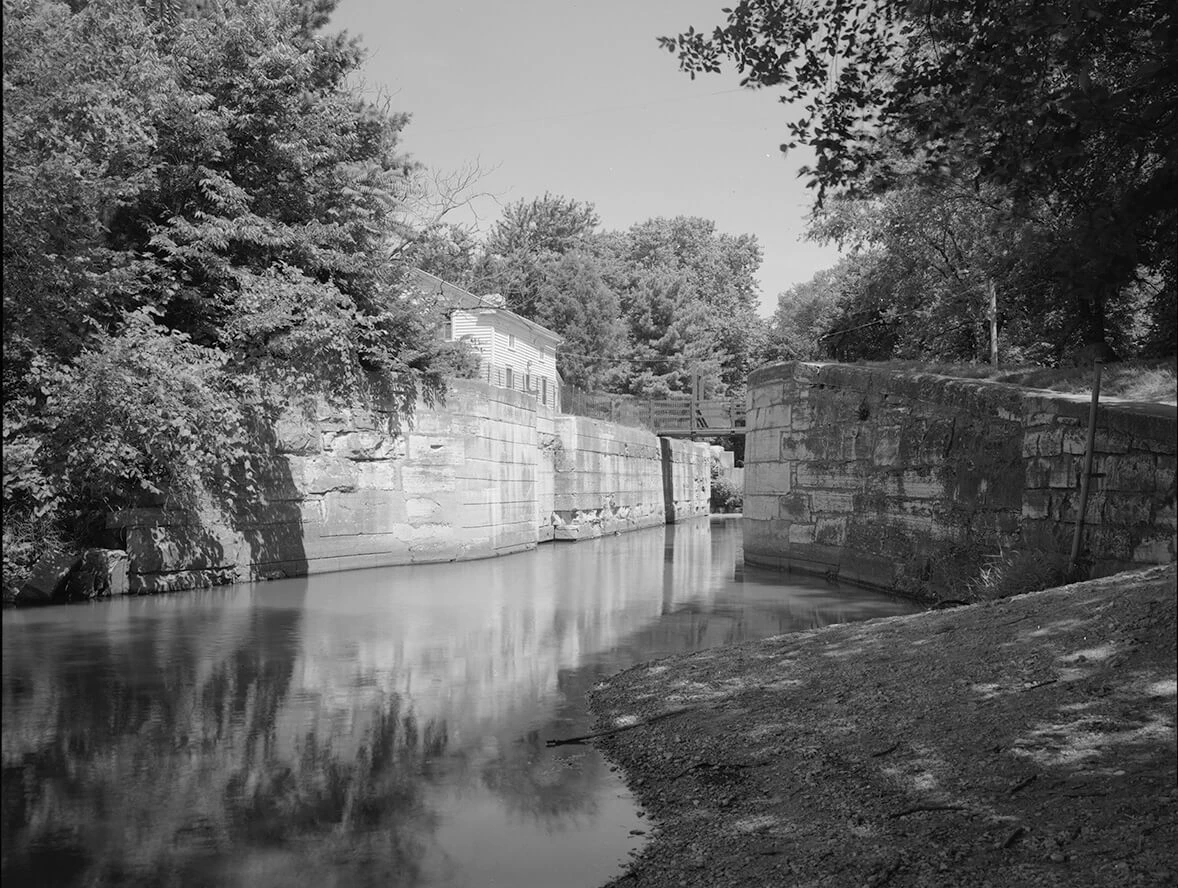The Great Rush – Introduction
With the forced removal of the Kickapoo and remaining Native peoples in 1832, the trickle of settlers moving into the state turned into a great rush of people hoping to acquire new land for farming.
“And now out of the west came wonderfull [sic] stories, of grand prairies... miles across, without a stick... or stone to disturb the even furrow of the plow, of marvelous richness... covered with luscious grass... decked with the most beautiful wild flowers... It seemed the fulfillment of holy writ, a land flowing with milk [and]... honey.”
— David McFarland, Mount Hope migrant from Rhode Island
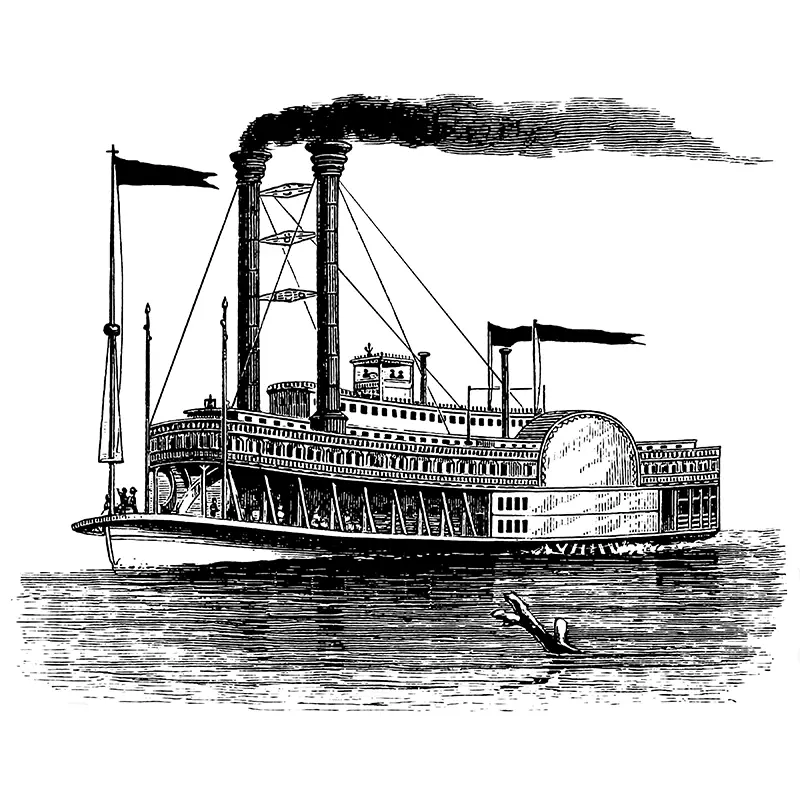
From 1832 to 1854 migrants from Indiana, Ohio, Kentucky, Tennessee, and North Carolina, as well as from the New England states, came to Illinois. They traveled by riverboat, covered wagon, and horse, as well as on foot.
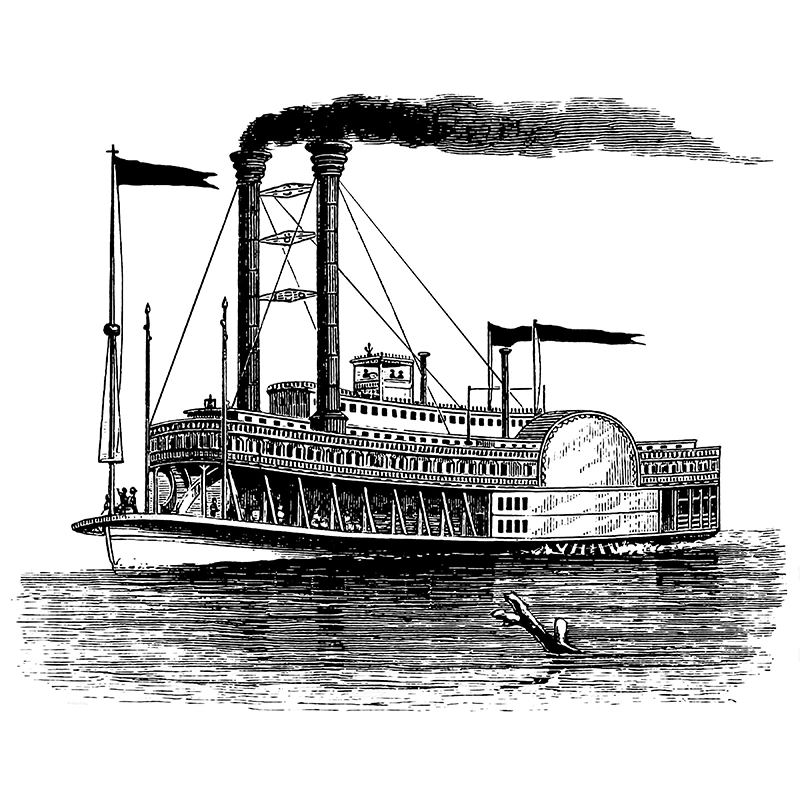
Western Migration Encouraged
The benefits and advantages of western land were sometimes exaggerated in the publications circulated in eastern states to encourage migration.
“[One will find] a more congenial climate, relief from misfortune, and retreat from agricultural indolence in the rich prairies of the West.”
— New Guide For Emigrants To The West by J.M Peck, 1836
A Journey of More Than Three Weeks
Prior to the completion of the Illinois & Michigan Canal in 1848, those who came west by boat traveled down the Ohio River, up the Mississippi to St. Louis, and finally up the Illinois River to Pekin, before traveling 40 miles overland to McLean County. This journey from the Northeast could take three or more weeks.
When the Illinois & Michigan Canal opened, it made it cheaper, easier, and faster for those traveling from New England and New York to get to McLean County. In addition, locks along the canal eliminated delays caused by low waters.
Where did the people who settled McLean County come from?
Native people made the area we now call McLean County their home for thousands of years.
Evidence of the Mississippian culture in McLean County was witnessed by early white settlers. The Kickapoo people, forced from their ancestral lands, came to Central Illinois as early as the 1730s.
Shortly after Illinois became a state in 1818, the price of federal land was reduced and white settlers began to arrive in McLean County.
The first arrived in 1822. These individuals and families arrived mostly from the Upland South (Kentucky, Ohio, Indiana, and Tennessee). As the population of McLean County grew, more began to arrive from the New England states.
The first Illinois Census took place in 1820, but most of these records were lost. The U.S. Census of 1850 provides the earliest information on where those who settled in McLean County originated.
1850
Census for McLean CountyTotal Population: 10,163
Born in USA: 9941
Born Outside the USA: 222
| Origin Location | Census Count |
|---|---|
| Ohio | 2283 |
| Kentucky | 1065 |
| Indiana | 729 |
| Pennsylvania | 537 |
| Virginia | 513 |
| New York | 510 |
| Tennessee | 204 |
| North Carolina | 117 |
| England | 84 |
| Massachusetts | 81 |
| Maine | 78 |
| Vermont | 72 |
| Maryland | 57 |
| The German Empire | 54 |
| South Carolina | 48 |
| Connecticut | 45 |
| Canada | 36 |
| Scotland | 27 |
| Michigan | 21 |
| Wales | 15 |
| New Hampshire | 15 |
| Ireland | 9 |
| Delaware | 9 |
| Alabama | 9 |
| Rhode Island | 9 |
| Wisconsin | 9 |
1870
Census for McLean CountyTotal Population: 53,988
Born in USA: 46309
Born Outside the USA: 7679
| Origin Location | Census Count |
|---|---|
| Ohio | 7566 |
| Ireland | 2951 |
| German Empire | 2893 |
| Pennsylvania | 2712 |
| New York | 2318 |
| Indiana | 2215 |
| Kentucky | 2142 |
| Virginia | 1561 |
| England | 873 |
| Massachusetts | 475 |
| New Jersey | 385 |
| Missouri | 383 |
| Canada | 376 |
| Tennessee | 348 |
| France | 314 |
| Vermont | 287 |
| Maryland | 272 |
| Michigan | 227 |
| Iowa | 239 |
| Scotland | 230 |
| Connecticut | 230 |
| Wisconsin | 219 |
| North Carolina | 211 |
| Maine | 199 |
| New Hampshire | 168 |
| Switzerland | 147 |
| Wales | 79 |
| Rhode Island | 58 |
| Sweden | 51 |
| Holland | 30 |
| Luxembourg | 24 |
| Denmark | 23 |
| Austria | 20 |
| Poland | 20 |
1900
Census for McLean CountyTotal Population: 67,843
Born in USA: 60464
Born Outside the USA: 7379
| Origin Location | Census Count |
|---|---|
| Germany | 3845 |
| Ireland | 1302 |
| Sweden | 635 |
| Canada | 229 |
| Switzerland | 169 |
| Scotland | 152 |
| Italy | 142 |
| France | 102 |
| Wales | 47 |
| Poland | 36 |
| Denmark | 27 |
| Norway | 24 |
| Russia | 23 |
| Asia | 20 |
| Holland | 16 |
| Austria | 13 |
| Born at Sea | 8 |
1920
Census for McLean CountyTotal Population: 70,107
Born in USA: 65553
Born Outside the USA: 4554
| Origin Location | Census Count |
|---|---|
| Germany | 2117 |
| Ireland | 467 |
| England | 407 |
| Sweden | 394 |
| Hungary | 271 |
| Canada | 153 |
| France | 111 |
| Switzerland | 106 |
| Scotland | 98 |
| Poland | 74 |
| Italy | 66 |
| Austria | 55 |
| Russia | 52 |
| Denmark | 36 |
| Norway | 28 |
| Syria | 22 |
| Wales | 16 |
| Greece | 15 |
1940
Census for McLean CountyTotal Population: 73,459
Born in USA: 71354
Born Outside the USA: 2105
| Origin Location | Census Count |
|---|---|
| Germany | 983 |
| Sweden | 197 |
| England | 185 |
| Hungary | 146 |
| Ireland | 118 |
| Canada | 88 |
| Poland | 52 |
| Switzerland | 51 |
| France | 41 |
| Scotland | 40 |
| Italy | 37 |
| Russia | 27 |
| Austria | 22 |
| Denmark | 21 |
| Norway | 14 |
| Greece | 13 |
| Wales | 4 |
 Making a Home
Making a Home
 A Community in Conflict
A Community in Conflict
 Working for a Living
Working for a Living
 Farming in the Great Corn Belt
Farming in the Great Corn Belt
 Abraham Lincoln in McLean County
Abraham Lincoln in McLean County


